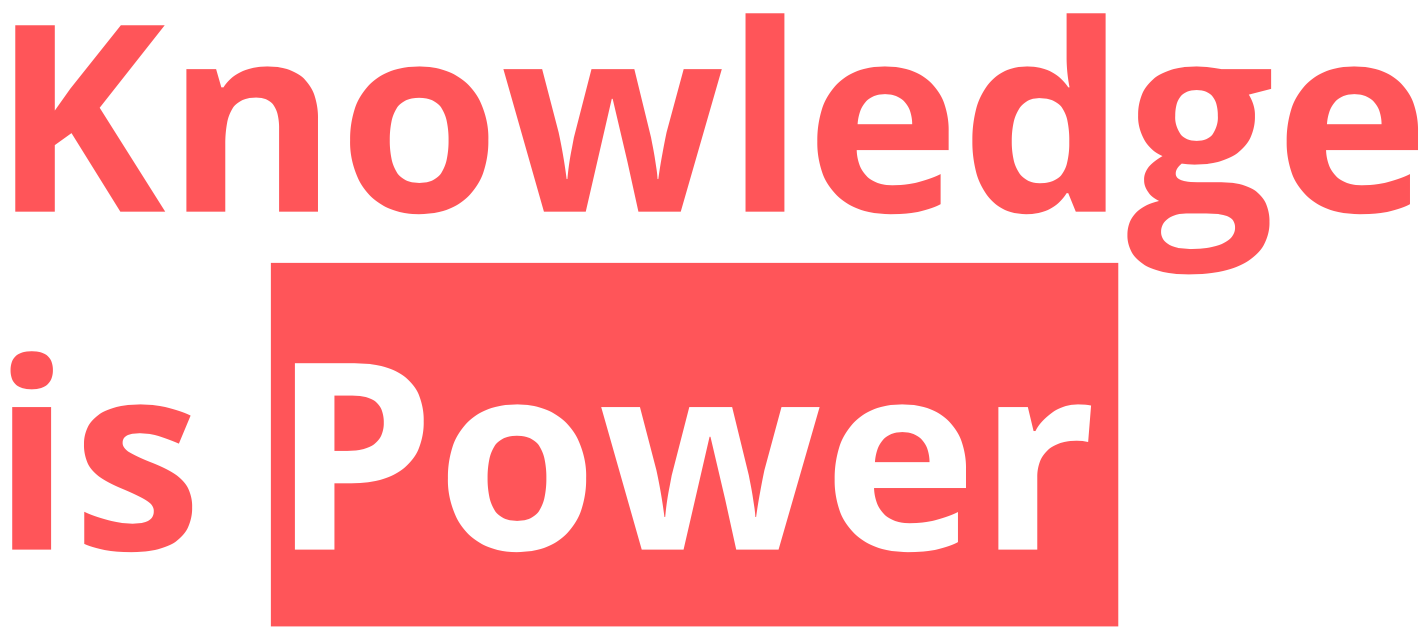Co-production
Introduction
Decisions which affect our communities are usually made by the people who have responsibility for designing and delivering the services and activities our communities depend on. Often however, the people who have direct experience of being part of that community are not part of these processes, and this means that the services and activities we use do not always reflect the needs of those who know what it’s like to use them. Ultimately, decisions are made for people, not with them.
As a community group you may have been asked to give your views about how services are delivered or how well they’re doing. But this doesn’t always lead to lasting improvements or changes that best meet your community’s needs, and often this influence isn’t sustained in local decision-making structures.
Co-production is about combining everyone’s mutual strengths and capacities so that we can work together, on an equal basis, to achieve positive change. This means communities truly becoming a part of how decisions are made - where things happen with people, instead of to them.
Community-led action research can be an excellent first step in establishing co-productive relationships at a local level. By providing credible community-generated evidence it can inform local decision making. What is more, the relationships established in a community-led action research project provide a firm foundation for longer term co-production to be possible.
So, what does this look like in practice?
The aim of co-production is that professionals and decision-makers find ways to work with people and communities from the start of any service design or decision-making process. Not just to influence how decisions are made, but to have an equal say in what’s needed, how it’s developed and how it can be delivered.
This goes beyond participation and partnership working because it requires people to act together on an equal basis. It means that we can all step forward to contribute our lived experience, skills and ideas about what works, to make our communities even better. This is where community-led action research has a vital role – in capturing the lived experience of those in the community; harnessing the skills and ideas of that community about what needs to change and how; and in creating a confident community voice in leading that change.
Done well, co-production can shift the balance of power – so that everyone feels they have worked together on decisions that make a real difference to people’s lives, reshaping how communities view their relationships with services.
Taking a co-production approach to community-led action research
Communities and people tasked with delivering services can sometimes find the idea of co-production challenging because it can be different to how things have been done before. Ultimately it requires a change in the balance of power between those who design and deliver services, and the people who use them. This takes time and requires their commitment, capacity and resources to support these co-productive relationships to develop
As we know from our community-led action research project, in order to respond effectively to community need, we must be flexible, allowing for learning as we go and responding to changes as they arise.
Key to ensuring that our research can lead to action, is to communicate well with those we are seeking to work with. From the outset of your project, you should seek to talk to anyone who has an interest in the issue you are addressing, and in particular those who have a role in providing services or support around that issue.
Tell people about your project – who you are, what you plan to do, and importantly why. Though it might not be relevant for everyone to be involved at every stage of your project, keeping people informed means that there are no surprises when you present your findings.
Ask for help – many of the agencies you seek to work with will have a remit for co-production. They are driven to engage with the community and support their involvement and may be in a position to support your project by providing resources or access to data.
Keep people informed of your progress, that way you have already begun to highlight the issues you want to address, and the people you want to work with can identify early on where there are opportunities for co-production.
Embody the values of co-production in your approach. By demonstrating how the methods you have used in your research create an equal balance, you can encourage others to do the same. You might find the National Standards for Community Engagement helpful here.
Use your research to highlight the impact of community-led action research so that it can be used in your community for future processes.
Further reading
Find out more about co-production on the Scottish Co-production Network website.
The Knowledge Translation Network has produced an introductory guide to the different ways and levels that communities can engage with evidence. Engaging with Evidence (2019) includes a short section on co-producing evidence.
Carnegie UK Trust’s report, The many shades of co-produced evidence (2019) introduces co-production of evidence and its challenges.

